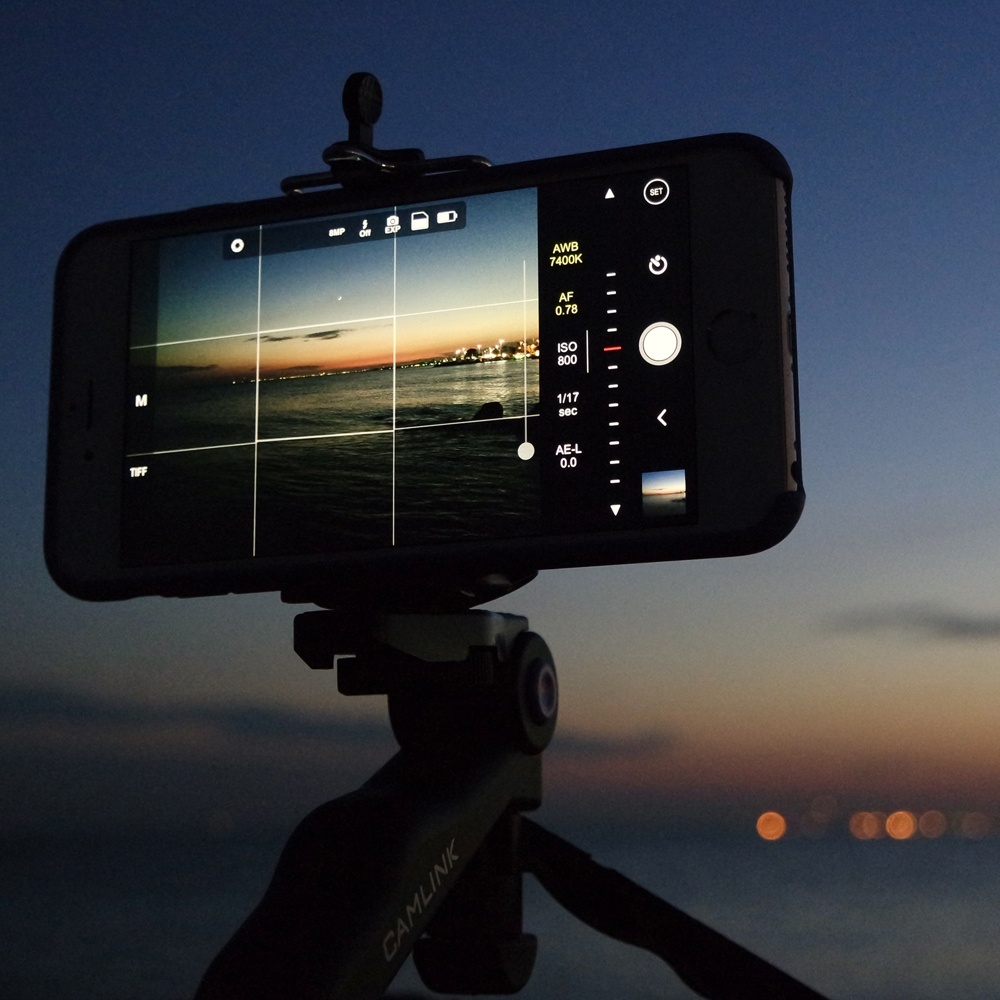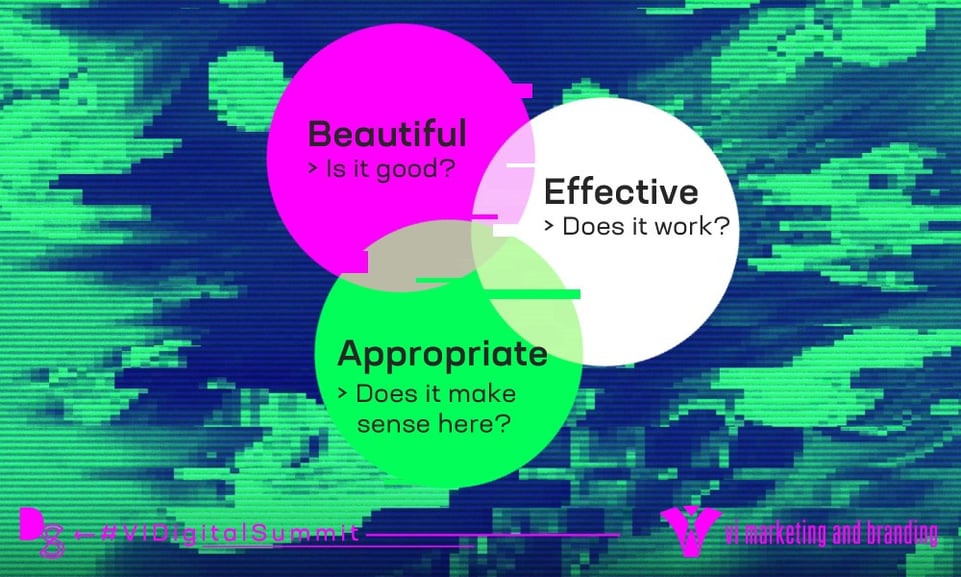
Knowing When to Use Vertical vs Horizontal Video
In the era of plentiful data, how does the Creative Professional — who relies on her taste, skill and instinct to make things that other people will consume — navigate a world in which insightful data is every bit as important as her intuition?
It used to be the case that, as a creative professional, her goal was to create something that was both beautiful and effective. Is it good? Does is work? If she could answer “yes” to both of those questions, she’d done her job.

But, in today’s world, we would be wise to add a third question to the mix: Is it appropriate? In other words, beyond asking “Does the thing I’m creating make sense?” we need to ask, “Does the thing I’m creating make sense here?”

Here’s my working definition of “appropriate:” A creative product is appropriate when it feels native to its environment, and draws the user into the experience.
For example, a video created in the classic 16x9 aspect ratio (what the kids call “horizontal video”) may be both beautiful and effective. But it isn’t going to be appropriate for a distribution channel like Snapchat or Instagram Stories, because those spaces are natively 9x16 (“vertical”).
This may feel overly simplistic, and maybe it is. But you’d be surprised by how many brands are serving up recycled horizontal pre-rolls within vertical platforms. From a UX perspective, inappropriate presentations are suboptimal because they pull the user out of the experience. A journey that should feel seamless is suddenly quite jarring.
The challenge for the modern creative is to — from the very beginning — consider the platform when designing the deliverable, to be in tune with where the creative product is going to reside, and to create the best creative possible for that space.
We can do this by valuing two sets of ideals equally:
Timeless Principles and Emergent Tools
Timeless Principles are things that stay the same over time — the fundamentals. Good taste, an eye for color, being able to compose a shot. Things like this do not lose value as distribution methods change.
Emergent Tools are things that improve over time. For example, technology, specificity of targeting and access to research. Moore’s Law affects Emergent Tools, putting futuristic capabilities in our hands faster and faster.
The temptation is to buy into a false dilemma; to believe that one set of tools is better than the other. This is lazy thinking. The very brightest Creative Professional will realize that the Timeless and the Emergent are complementary; she will plant a foot in each world and grow to a towering height.








